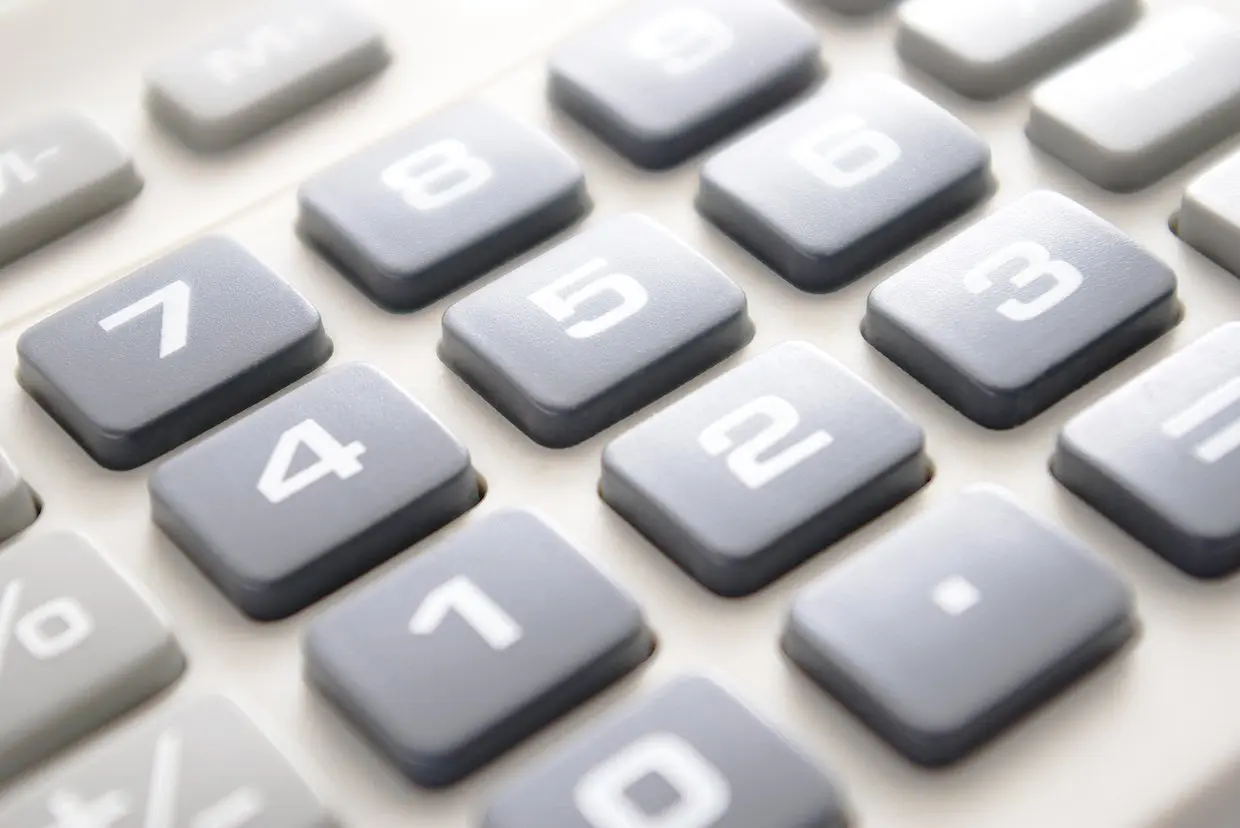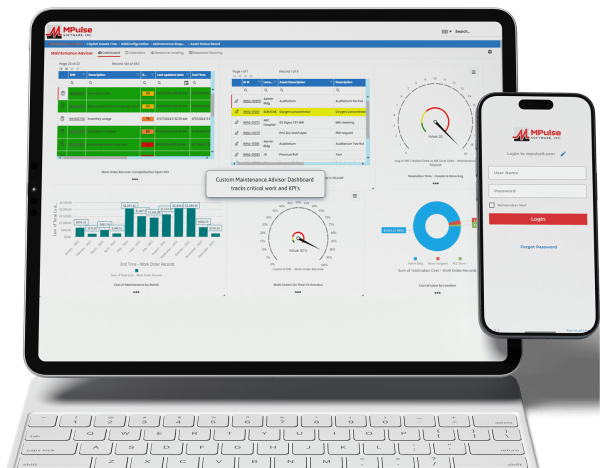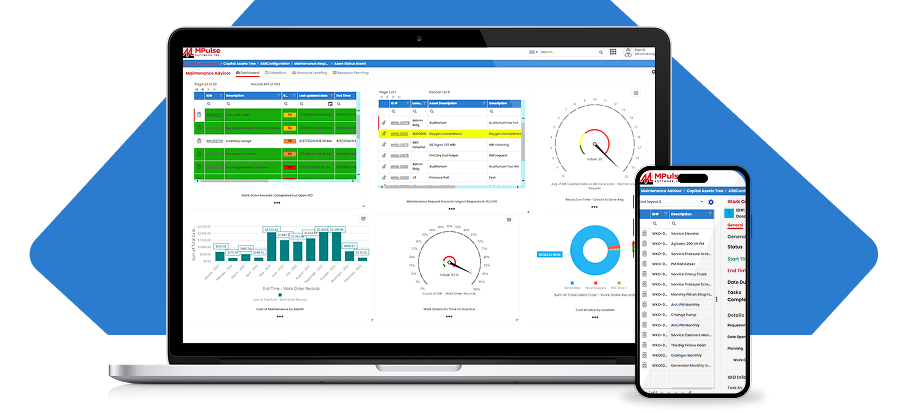Last time, I shared my strategy for categorizing maintenance tasks.
Obviously, emergencies and breakdowns take precedence. But what about the rest?
It’s not as simple as going down the list in order from high to low. Maintenance operations are far more complicated than that.
Maintenance managers can start by understanding the value of each maintenance task.
Table of Contents
Calculate the Value of Maintenance
When I prioritize tasks, I’m looking at four things…
- Value to my organization
- Time to complete
- Proximity and/or location
- Potential loss if not completed
I use these four things as a proportional tool to figure out what needs to happen when.
Obviously, value to the organization is a big part of the equation. You’re going to prioritize tasks on key assets that directly affect your operations.
Next, estimate how much time each task will take. CMMS software provides historical information about time and costs, which will give you the information you need to make data-driven decisions. But if you’re new to the CMMS world, make an educated guess.
Then, consider the proximity and/or location where the tasks take place. This factor is particularly important for organizations with large facilities, multiple locations, or off-site assets.
Finally, consider the potential impact if not done. This can be critical, for example, if you don’t change a component on time and the failure disrupts maintenance operations.
How Does It Work?
Let’s look at some real-world scenarios.
Scenario 1. A key asset needs a major repair. Your tech is working on the same components that have a PM scheduled for next week. The equipment is disassembled, meaning it’s easier to access areas for lower priority tasks that don’t take a lot of time. It makes sense to do those other repairs or PMs at the same time, even though those tasks might be farther down on the list.
Scenario 2. You have an off-site facility that your techs visit infrequently. A high-priority task is scheduled, and your crew will travel to this site. It makes sense to take the extra time to perform maintenance on other equipment at the site, saving another trip later.
Scenario 3. Your tech is waiting for a part. There’s an hour to kill before the part is delivered. He checks his work order assignments, and he sees he doesn’t have enough time to dig into another high priority task before he’ll get pulled back to his original task. But while he waits, he can knock off a few quick work orders that don’t take a lot of time.
It’s a lot to track.
But CMMS software can help.
Next time, I’ll share how maintenance software is the key to keeping your team on top of their task lists.
In the meantime, leave a comment with real-world examples from your organization or contact us today. We all learn from each other.






